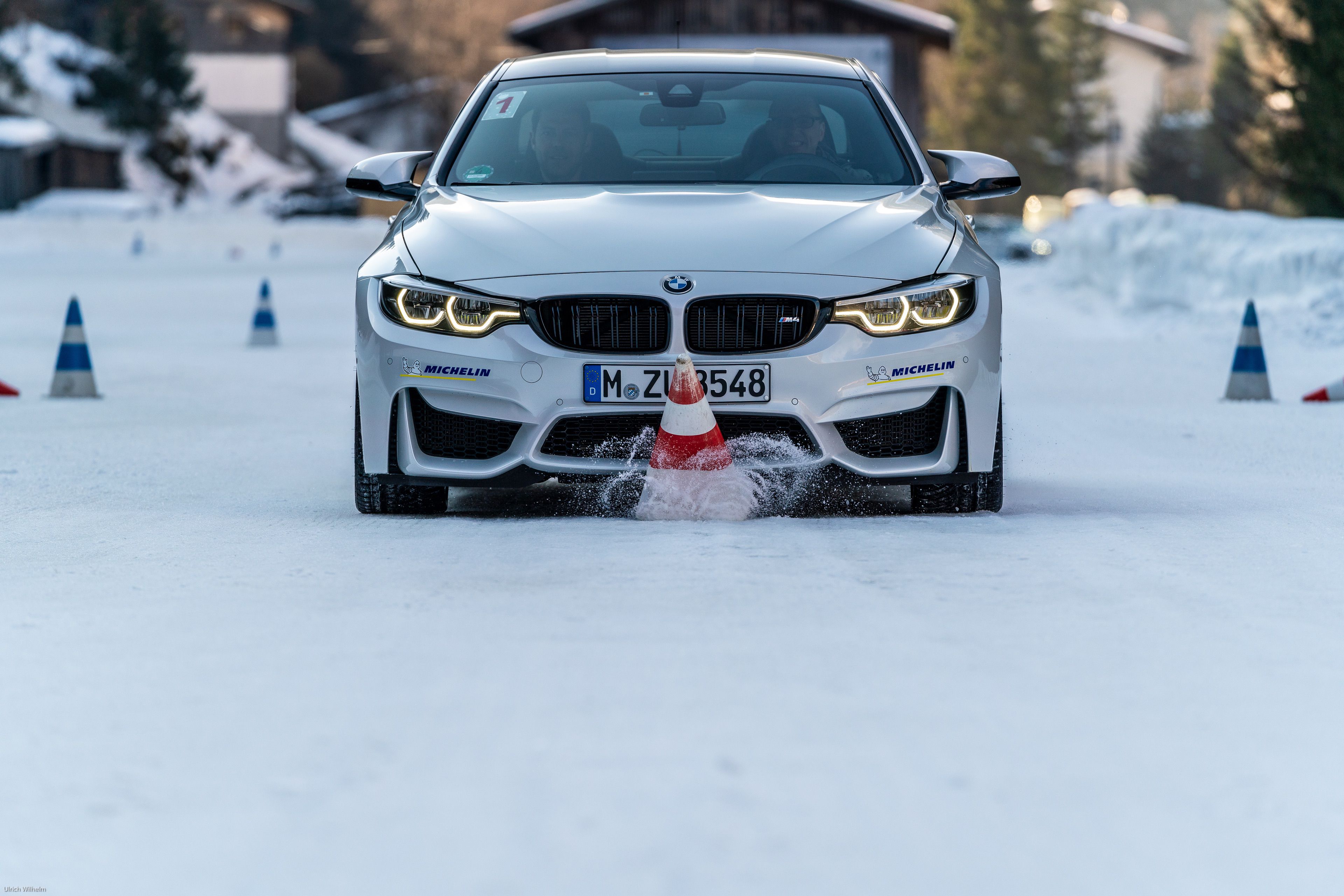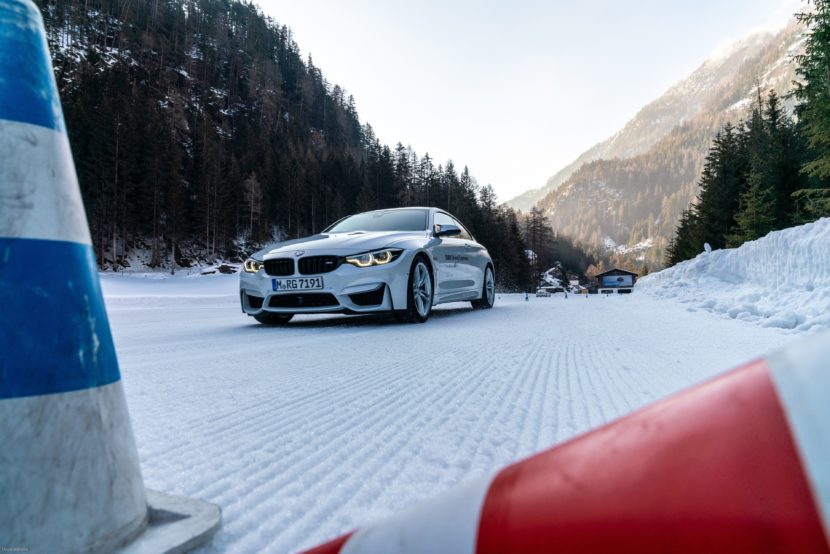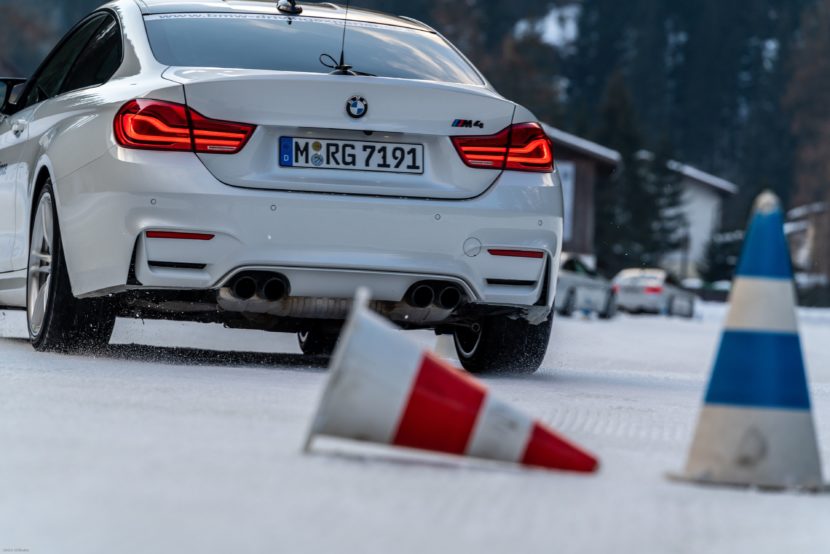We’ve been big proponents of proper winter tires for ages. It’s not something we take lightly, either. Winter tires are far safer than their all-season alternatives when temperatures dip below freezing. More than that, proper winter rubber also allows your BMW to perform the way it’s intended to in colder weather, while lesser tires will lack the proper grip to do so. The real question is, which sort of winter tire do you get?
In snowy climates, a lot of drivers prefer studded winter tires. While studded winter tires might offer better traction in very slippery conditions, they aren’t always the best alternative. They’re also not always legal, as some States in the US don’t allow them on the road. So which is actually better, studded or regular winter tires?
In this new video from Tyre Reviews, we get to see exactly the pros and cons for each in very snowy conditions.
This video consists of only Nokian tires, which is fine, considering that Nokians are probably the best all-around cold-weather tires you can find. So the differences aren’t between brands but between types of winter compounds/types of tire. And the test is to see which tire performs best on a smooth ice track.
So the first sort of tire is a general European winter tire, designed for cold but not arctic-cold winters. It performs well, allowing the VW Golf to lap the track without sliding off into the snow. It’s not perfect but it’s certainly manageable, even in conditions colder and slipperier than its compound is designed for. Its lap time was 1:22.
Next up is a Nokian Nordic/Extreme tire. Now the tread patter is exactly the same as the previous tire, with the only difference being the compound. And what a difference that compound makes. With just a change in rubber compound over to something designed for colder temperatures and slipperier surfaces, the same VW Golf managed a 1:11 second time. An eleven second difference with just a compound change? If that isn’t proof of the need for proper winter tires, I don’t know what is.
Lastly, the same Nokian Nordic tire is test but this time it’s a studded version. So it has little metal studs sticking out, like cleats. With the same compound as the excellent Nordic tire, just with some metal studs, it shaved another five seconds off the lap time, doing it in 1:05.6. But it was also more controllable and more fun. However, the difference between a good compound and a bad one was far greater than the difference between studded and non-studded.
So the answer is simple, the correct tires are absolutely necessary for harsh winter climates. Studded tires are also great but they aren’t legal everywhere and aren’t excellent on dry, non-freezing surfaces. It’s the compound that matters most.








































































